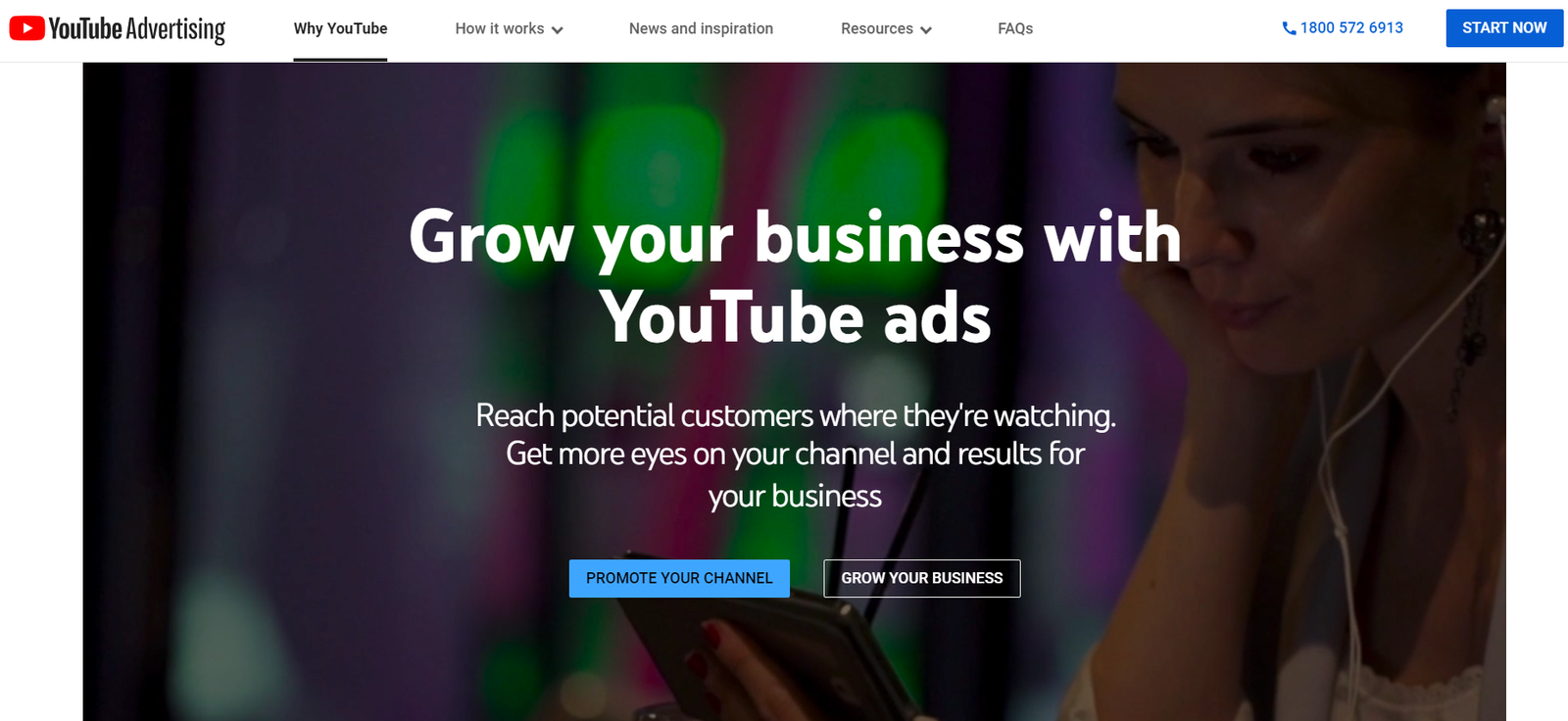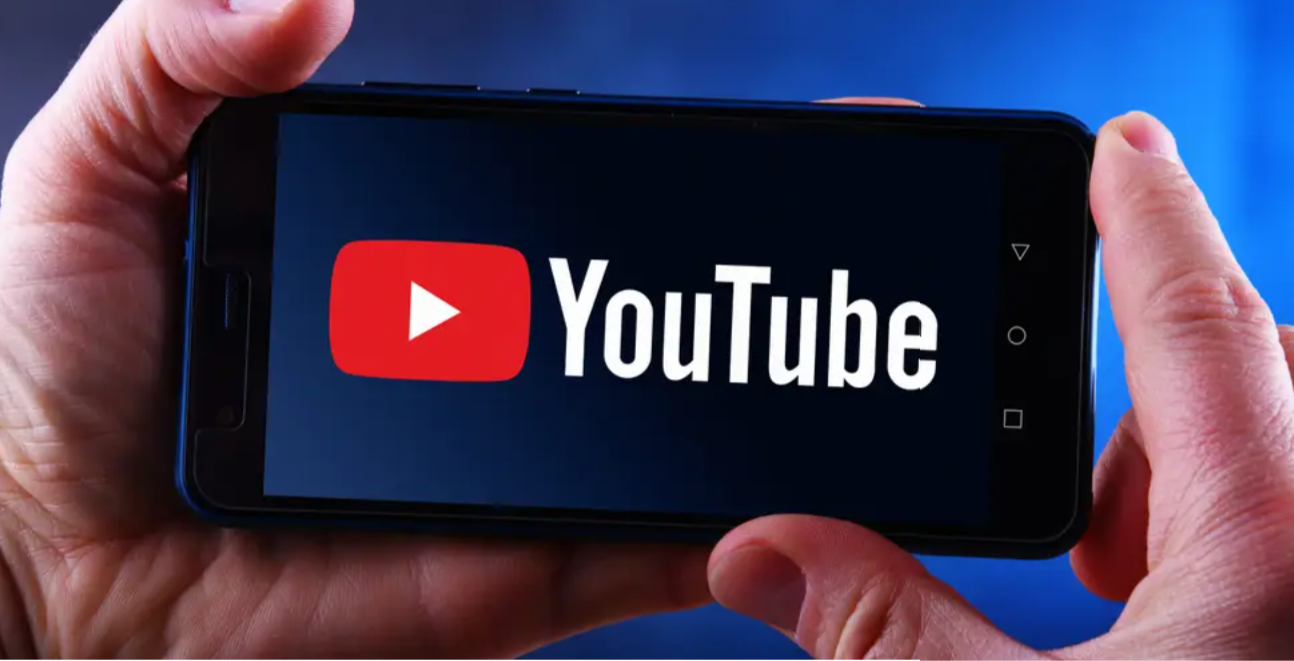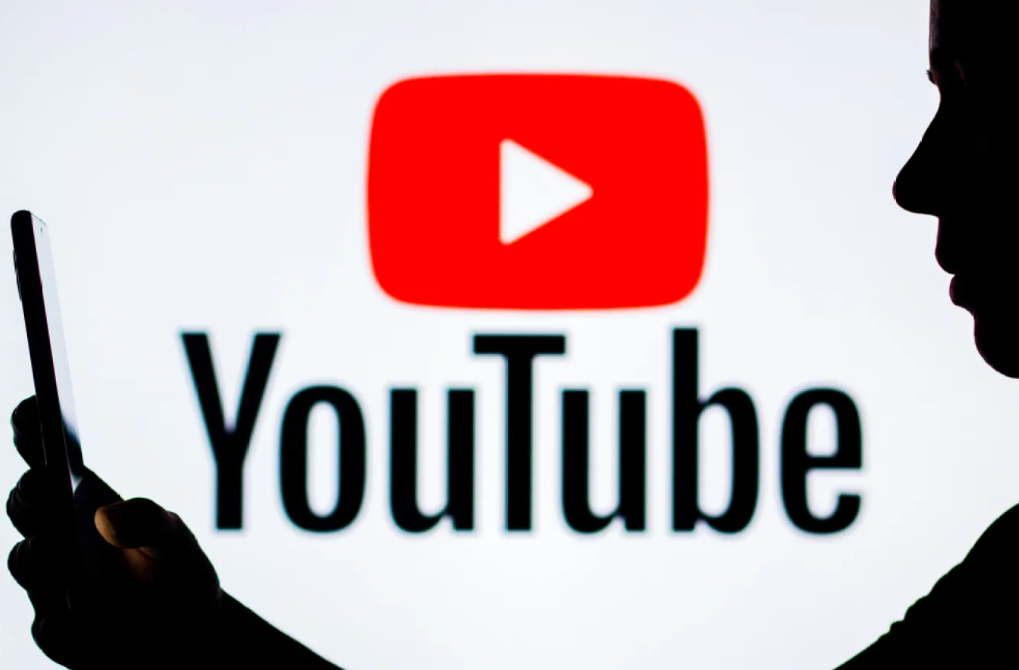In an ever-evolving digital landscape, YouTube has taken significant steps to ensure the safety and well-being of its younger users. The video-sharing platform is rolling out updates that aim to shield teens from potentially harmful content, emphasizing the importance of responsible online habits. These developments come as a response to research and insights from child development experts, who have identified the impact of online content on the well-being of teenagers.
One of the core changes YouTube is introducing revolves around its recommendations algorithm. The platform acknowledges that teenagers are more susceptible to negative self-perception when exposed to content that idealizes physical features, fitness levels, or displays social aggression. To mitigate these effects, YouTube is now limiting content recommendations in specific categories, realizing that repeated exposure can lead to detrimental consequences.
The move by YouTube to restrict certain types of content recommendations aligns with growing concerns about the influence of digital media on young minds. The decision reflects an understanding that online habits can significantly shape real-world behaviors and attitudes, highlighting the importance of taking proactive measures.
Interestingly, YouTube’s approach shares similarities with how the Chinese Government manages content on Douyin, the local counterpart to TikTok. Chinese officials recognized the impact of harmful trends gaining traction and took steps to promote more positive content to young users. While YouTube’s approach is less coercive, it underscores the broader industry’s recognition of its responsibility to protect the well-being of young audiences.
Beyond content recommendations, YouTube is also amplifying its “Take a Break” reminders for teenage users. These reminders will be more prominent in the app, encouraging young viewers to step away and maintain a healthy balance between screen time and real-life activities. Additionally, YouTube is expanding its crisis resource panels into a full-page experience to provide assistance for users searching for sensitive topics related to suicide, self-harm, and eating disorders.
Collaboration plays a vital role in these initiatives, as YouTube partners with the World Health Organization (WHO) and Common Sense Networks. The goal is to develop more resources that focus on teenagers and online well-being. This includes educational materials for parents and teens, promoting responsible content creation and empathetic online interactions. For many teens, content creation is not just a pastime but a creative outlet to express themselves, share stories, and connect with peers. YouTube is taking steps to foster a safe and supportive environment for these young creators.
These initiatives are essential in reducing harm among young users, especially content creators who often feel the pressure to maintain a content schedule to maximize their opportunities. YouTube’s commitment to these efforts demonstrates its dedication to the well-being of its users and its continuous evolution in response to the ever-changing digital landscape. By implementing these safeguards and alerts, YouTube is setting a positive example for the digital industry, prioritizing the safety and emotional health of its youngest audience members.








